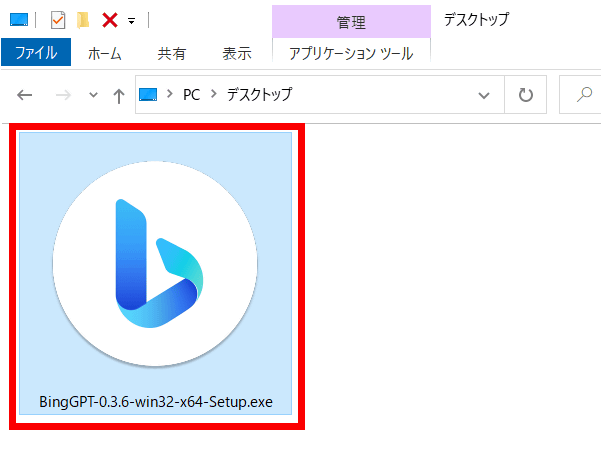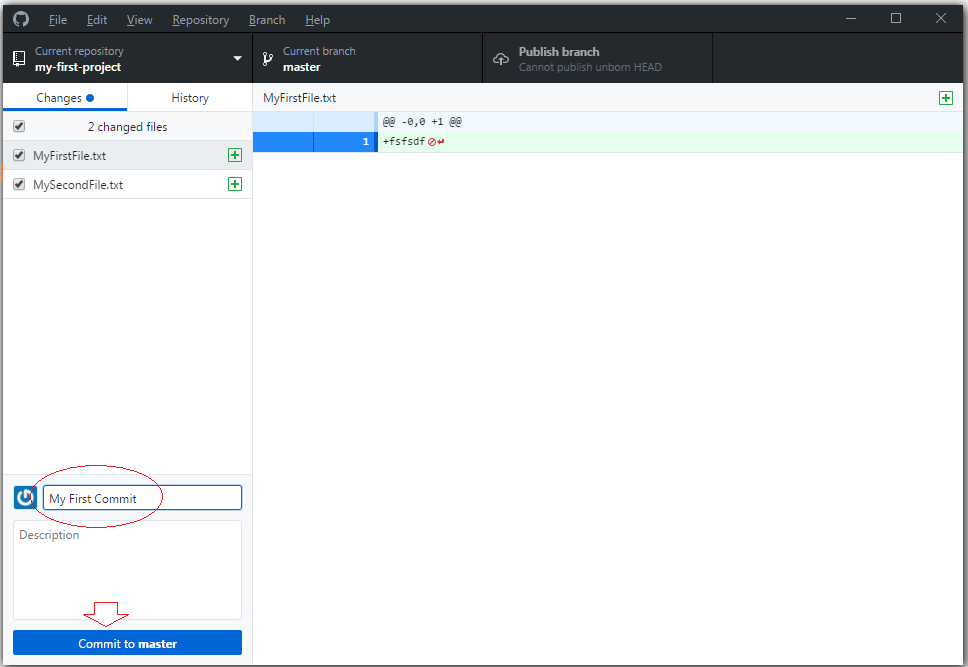
While there are many text editors for coders, Atom is designed to work well with GitHub Desktop.
Github desktop login code#
Atom Text Editor, which is also created by the makers of GitHub, allows you to view and edit code repos on your local computer more easily than the GitHub web interface. When you connect your GitHub web account to GitHub Desktop, it allows you to “pull” the most recent version of the code to your local computer’s hard drive, make and test your edits, and “push” your commits back to your GitHub web account.
Github desktop login download#
To speed up your work, we recommend that you download two free tools- GitHub Desktop and Atom Text Editor-which run on Mac or Windows computers. But the web interface will feel very slow if you edit or upload multiple files in your repo. GitHub Desktop and Atom Editor to Code EfficientlyĮditing your code through the GitHub web interface is a good way to start, especially if you only need to make a few edits or upload a couple of files to your repo. Zotero and Better BibTeX for Notes and Biblio.Style Guide for Hands-On Data Visualization.GitHub Desktop and Atom Editor to Code Efficiently.Create a New Repo and Upload Files on GitHub.Copy, Edit, and Host a Simple Leaflet Map Template.Our Open-Access Web Edition: Why and How.Look in RStudio’s file browser pane for the README.md file. This should download the README.md file from GitHub.

You should find yourself in a new local RStudio Project that represents your test repo on GitHub.

myrepo, which coincides with the GitHub repo name.
Github desktop login how to#
Still no luck? Go to chapter 13 for tips on how to help RStudio find Git. Do you NOT see an option to get the Project from Version Control? Restart RStudio and try again.In “Repository URL”, paste the URL of your new GitHub repository. File > New Project > Version Control > Git.ġ2.3 Clone the test GitHub repository to your computer via RStudio Here’s how to do that in the shell, if current working directory is myrepo: cd. It’s just a regular directory on your computer. It’s a deeply pragmatic coping strategy if your local Git repo is goofed up, but the version on GitHub is pretty current.ĭelete the folder corresponding to the local repo any way you like. This is a actually a workflow we refer to elsewhere (see 37 as “burn it all down”. However, I encourage you to delete the local repository, so you can experience how we use RStudio to clone it and get a local copy. If you just completed the previous chapter, Connect to GitHub, that repo will be perfect!

If you don’t have a suitable test repository on GitHub, follow the instructions in the next section. You will also need a test repository on GitHub. You’ve confirmed that you can push to / pull from GitHub from the command line (chapter 11).



 0 kommentar(er)
0 kommentar(er)
